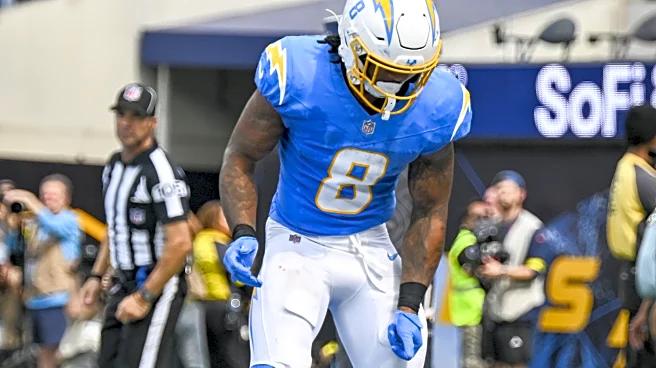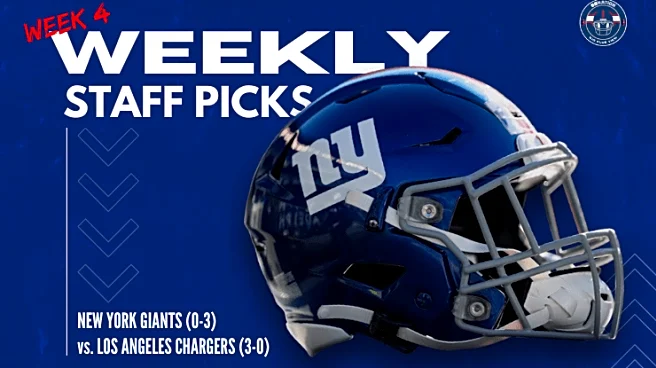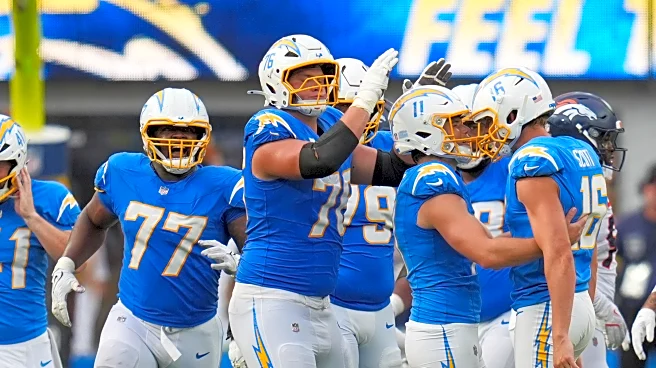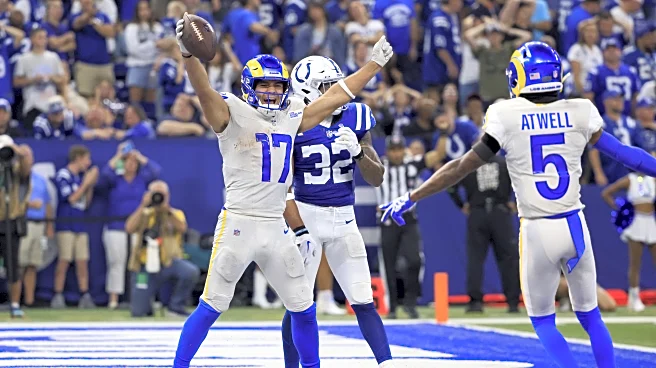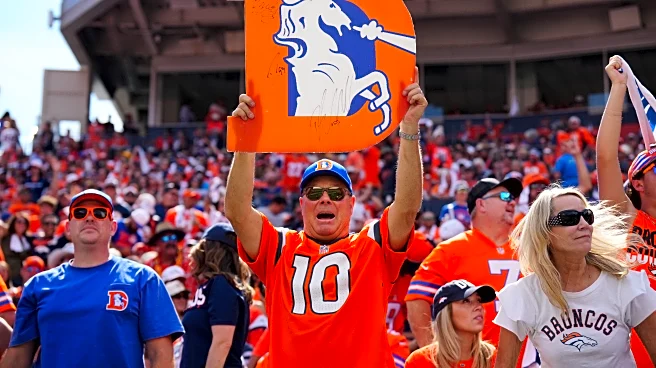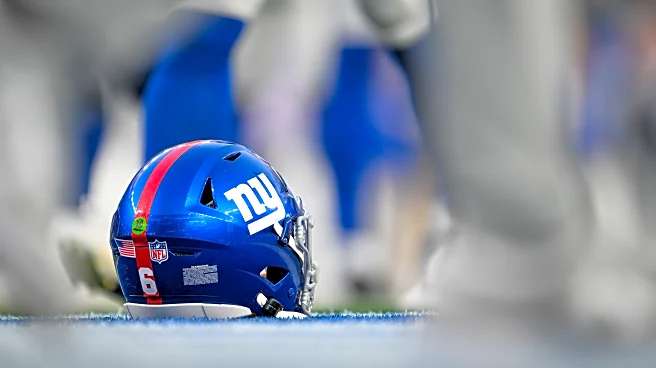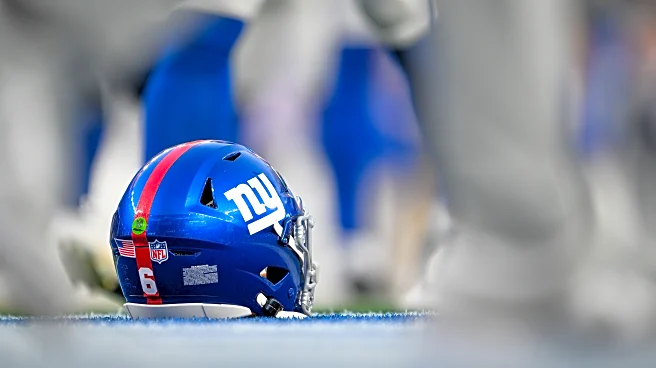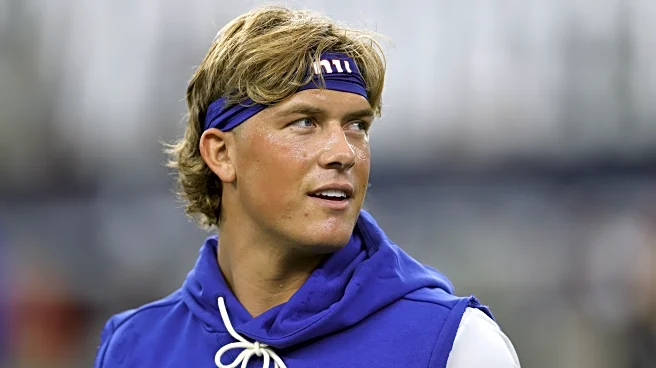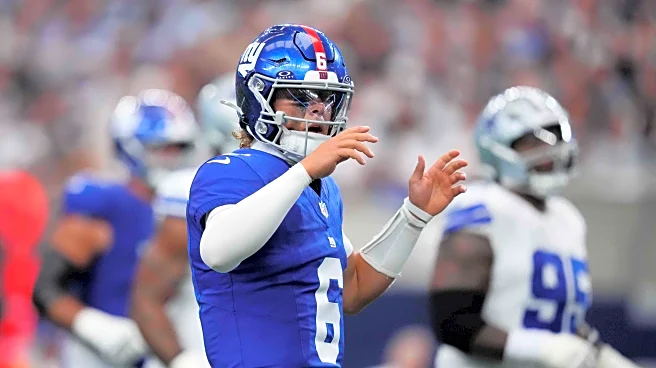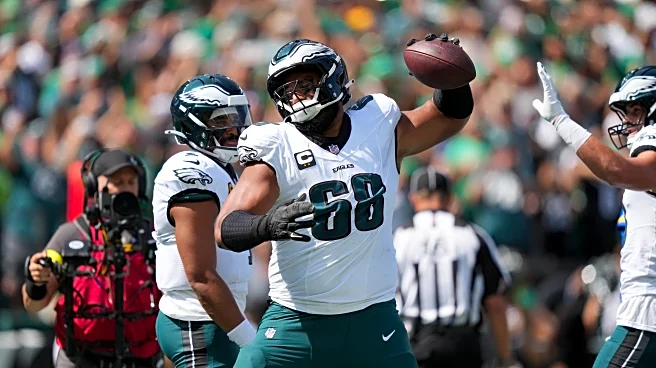The New York Giants host the Los Angeles Chargers on Sunday at 1 p.m., in what will be Jaxson Dart’s first NFL start. The Giants are 6.5-point home underdogs, per FanDuel Sportsbook.
Desperation best defines
the New York Giants’ season, and the calendar hasn’t hit October. However, one could posit the notion that, while desperation is evident, it’s not the only reason the Giants turned to Jaxson Dart. Sure, Brian Daboll and Joe Schoen’s seats resemble a steel chair in the July Arizona sun, but the offense has looked unwatchable through two of three games, and Russell Wilson was ineffective in the red zone.
Jameis Winston is a Giant, too. However, if the Giants truly believe Dart is ready, then giving Winston the reins seems pointless. Yet, it’s fair to question the decision-making behind this decision, especially against this Chargers’ defense. Our Chris Pflum has a look at how the offense will change.
The Giants’ defense must do everything in its power to alleviate the burden on Dart’s shoulders. That, too, is not an easy task.
Chargers’ offensive statistics
The Chargers are undefeated, having won against the Chiefs, Raiders, and Broncos. They average 23.3 points per game (tied for 14th in the NFL). The Chargers rank sixth in the league in total yards per game (362.3 yards per game). They’re second in the NFL with an average of 270 pass yards per game, and they’re 24th in rushing, with a 92.3 yards per game average.
Los Angeles ranks third in the league in third-down conversion with a 46.34% average; only the Miami Dolphins and Green Bay Packers have a better third-down conversion rate. The Giants are 31st with a 27.50% third-down conversion rate. The Chargers, however, are on the lower end of red zone touchdown rate; Los Angeles ranks 29th in the league with a 40% rate, and the Giants are 31st, cleaving the Chargers’ percentage in half.
A ground-and-pound rhetoric characterized the Jim Harbaugh era of Chargers’ football. However, 2025 has seen a slightly different approach from Greg Roman and the Chargers’ offense; the Chargers have a +8.8 Pass Rate Over Expected (PROE), which is number one in the NFL:
A +8.8% PROE means the Chargers are passing 8.8 percentage points more often than a model would expect them to, based purely on situation. Those situations are down and distance, score, field position, time on the clock, etc.
Justin Herbert has thrived with this pass-heavy approach. His pass EPA (Expected Points Added) is 25.47, which ranks seventh in the NFL. His EPA per play is 0.40, which places him second in the league. He’s completed 72 of 108 passes for 860 yards with six touchdowns and one interception. His yards per attempt is 8.0 yards, and his aDOT is 9.3 yards. He’s also rushed for 69 yards, but has two fumbles.
Skill position players
The Chargers’ rushing attack suffered a significant loss last week. Najee Harris tore his Achilles and is out after averaging 4.1 yards per carry and 3.67 yards after contact. Harris’ injury opens the door to more snaps for rookie first-round running back Omarion Hampton, who averages just 3.4 yards per carry and 2.90 yards after contact. Hampton does have 13 missed tackles forced, though, ranking him fourth in the NFL behind Bijan Robinson, Jonathan Taylor, and Jaylen Warren.
Hampton is very talented, but the Chargers have struggled to run the football in 2025, which is odd for a Greg Roman-coached unit. Los Angeles has not leaned heavily on play-action passing plays; they rank 20th in the NFL with a 7.61% play-action passing rate, although they were efficient with a positive EPA when the play-action is run. Expect Hassan Haskins to work into the lineup.
Los Angeles has a dynamic 11-personnel package, and Roman does an excellent job designing plays for all three wide receivers: Ladd McConkey, Quentin Johnston, and Keenan Allen. Johnston leads the group and is having a true breakout season; he has caught 14 of 22 passes for 239 yards with three touchdowns on the season, with a 17.1% slot rate.
Allen also has three touchdowns, with 19 grabs on 27 targets for 194 yards. Allen has a 47.2% slot rate. McConkey has caught 15 of 21 passes for 163 yards with no scores. The passing attack cycles through the three receivers, but the tight end has a valuable role in the offense.
Last week against Denver, rookie Oronde Gadsden II had five catches for 46 yards and helped the Chargers win in crunch time. Will Dissly may miss Week 3, and Tyler Conklin will also see snaps in 12 personnel.
Chargers’ offensive line
Los Angeles has one of the league’s best pass-blocking offensive lines, although their run blocking was problematic through three games. Star left tackle Joe Alt has allowed just one sack and three pressures through three games. He has one of the highest pass-blocking grades on true pass sets in the NFL. Zion Johnson is next to Alt at left guard, and he’s only allowed four pressures on the season. Center Bradley Bozeman has allowed six.
The right side of the line, however, is exploitable, with Jamaree Salyer likely earning the start while Mekhi Becton remains injured. Salyer has Trey Pipkins III starting next to him at right tackle; Pipkins III has surrendered 13 pressures and 10 hurries this season. New York must target the right side of the Chargers’ protection.
The game plan
I expect a different approach from last week. Defensive coordinator Shane Bowen trusted his jimmies to handle the Chiefs’ Joes in Cover-1 man and 2-Man looks. However, the 11 personnel package of the Chargers is much more of a threat, which may prompt Bowen to utilize a more conservative zone-oriented approach until they man up on third down.
New York’s defense is bland. I expect two-deep shells with some safety rotation downward (likely Tyler Nubin) and safeties in the box to mitigate the loss of Micah McFadden; this will be more evident in obvious passing situations, as the return of Darius Muasau is likely (limited practice on Wednesday).
The Giants, though, may temper their twists and games, which they’ve done in two of three matchups. They sent twists at Dak Prescott, who is not fleet of foot, but Week 1 and Week 3 were a bit different, especially Week 1. Sending twists and playing man coverage gives the quarterback reason to run, and Herbert is a threat on the ground. Also, expect to see Abdul Carter used similarly as a spy and second-level defender in some packages.
The Giants were not overly aggressive through the first three weeks, but I hope Bowen dials up pressure early to try and get after the Chargers’ slow Herbert down on the road. The problem with that is Herbert’s success against the blitz. Herbert is 32 of 38 against the blitz with an 84.2% completion rate and 307 passing yards; he also has three touchdowns against the blitz.
Bowen has to be wise when he sends the pressure and how he sends the pressure. This pressure could be simulated, with seven still dropping into coverage. I hope that the right side of the line is targeted on a few overload blitzes early, but flexibility with the pressure dial should be adjusted depending on Herbert’s success.
Final thoughts
This is a tough matchup — not just for Dart — but for the Giants’ defense as well. This quarterback and protection will challenge New York’s ability to generate pressure. The Chargers’ interchangeable wide receivers will allow Roman to scheme up first-read looks to all three of them, keeping the Giants a bit more honest. New York may have the benefit of stopping the run from two-high shells because of the ineffectiveness of Los Angeles’ rushing attack, but they must remain disciplined in their run fits and in coverage.
If the Giants are to upset the world, they must secure defensive stops. The leaders on this Giants’ defense must step up and take control of possessions to give their rookie quarterback a chance. If there are opportunities for turnovers — SEIZE THEM! I’m not expecting a win, but crazier things have happened in the NFL.

